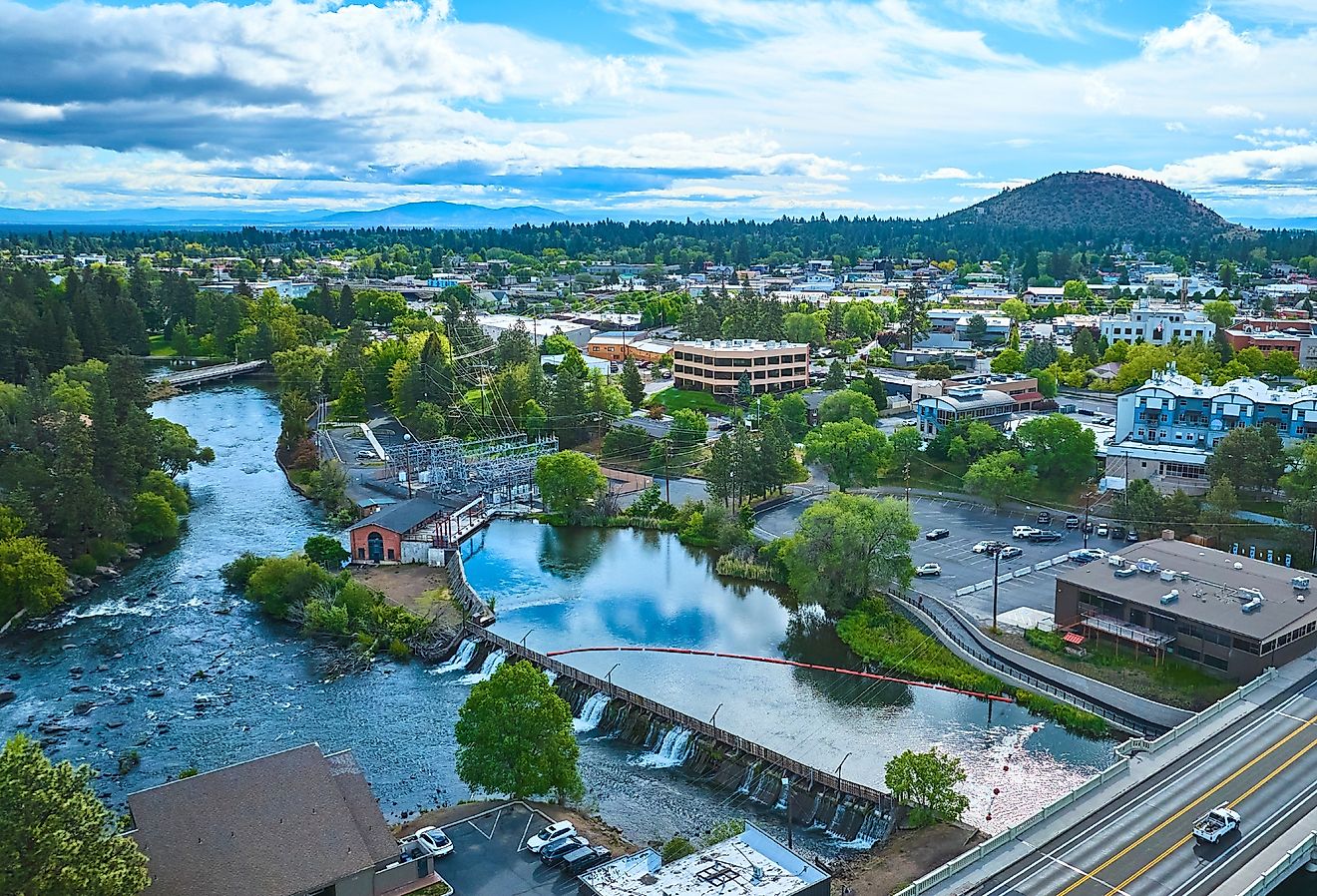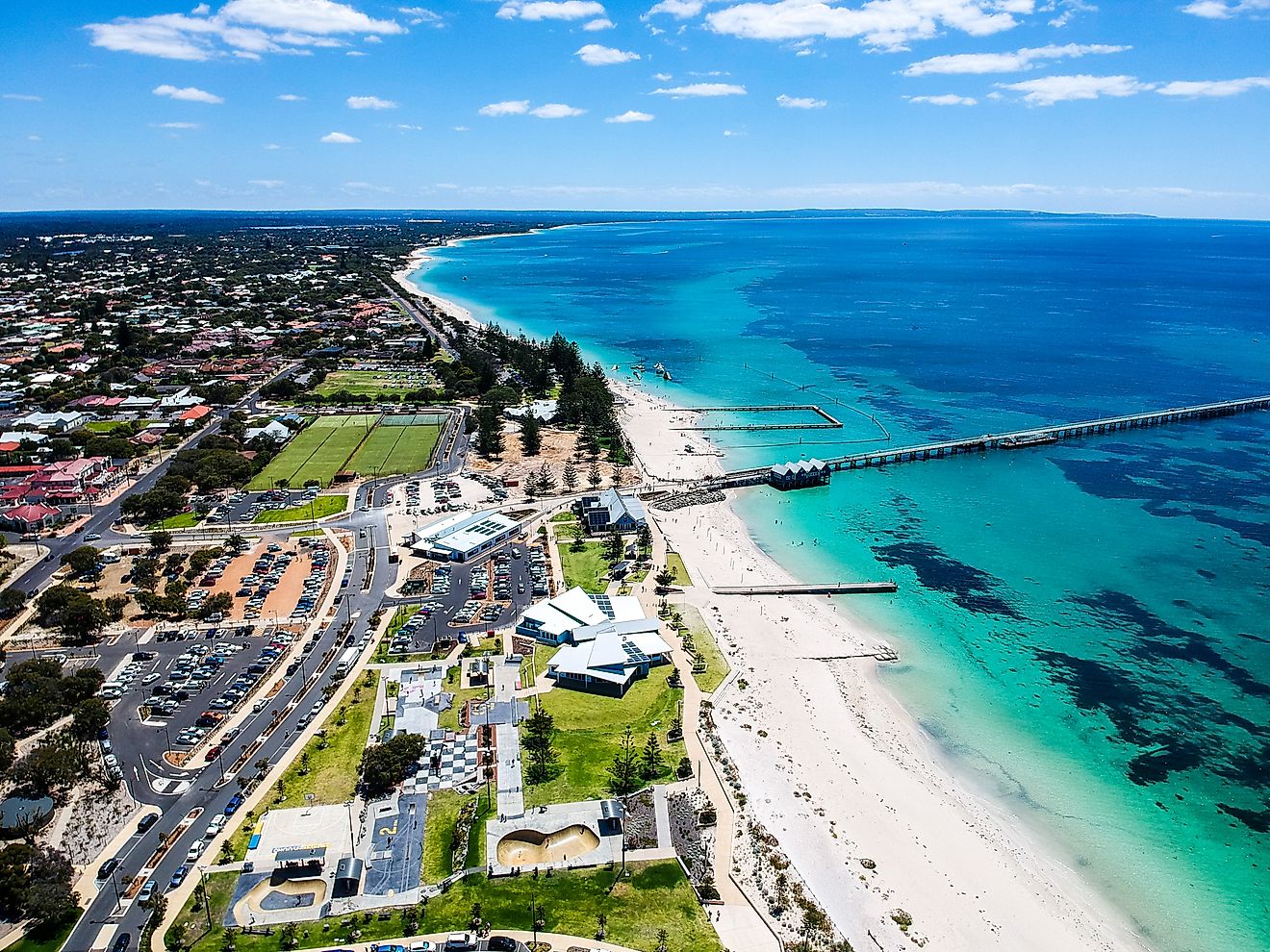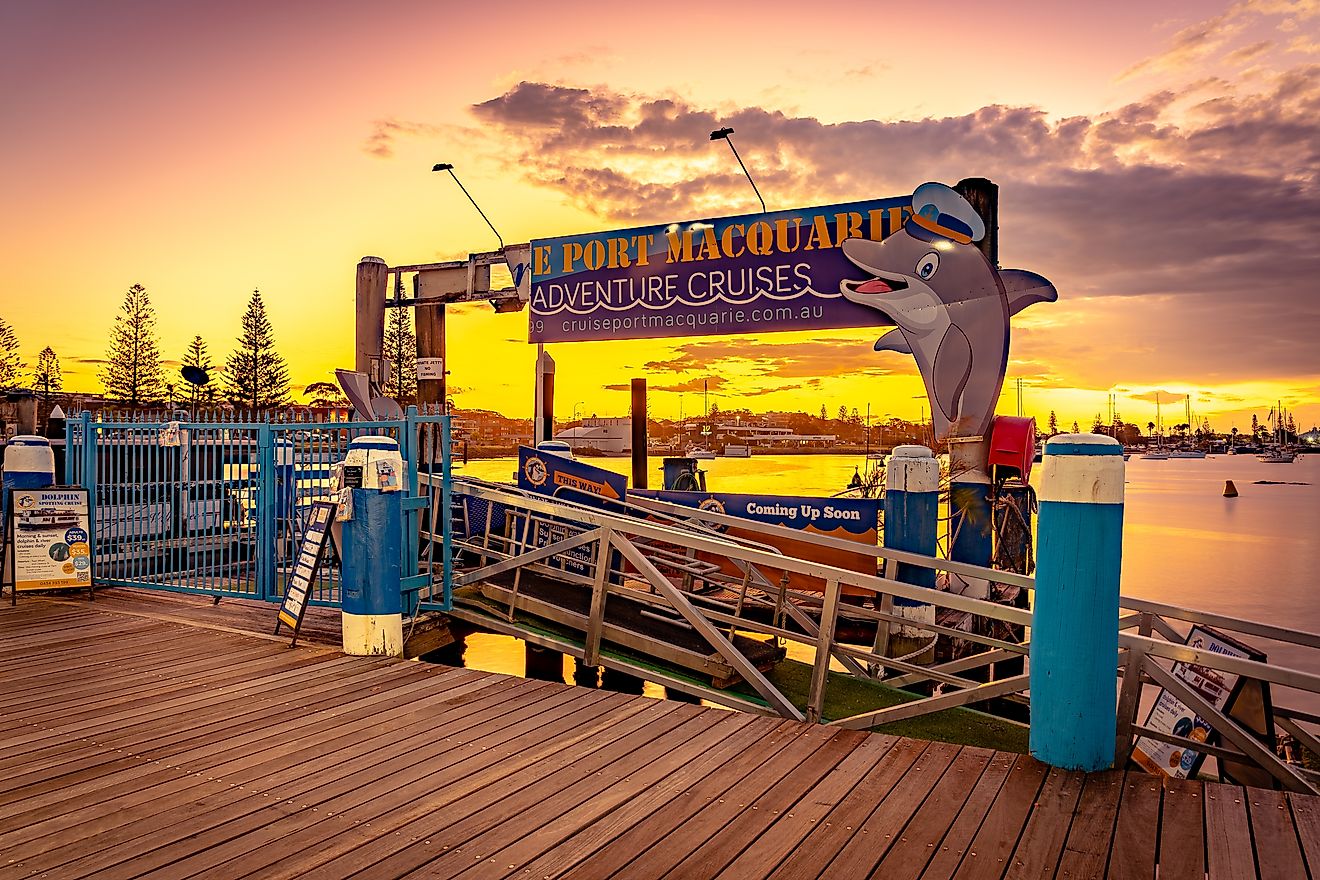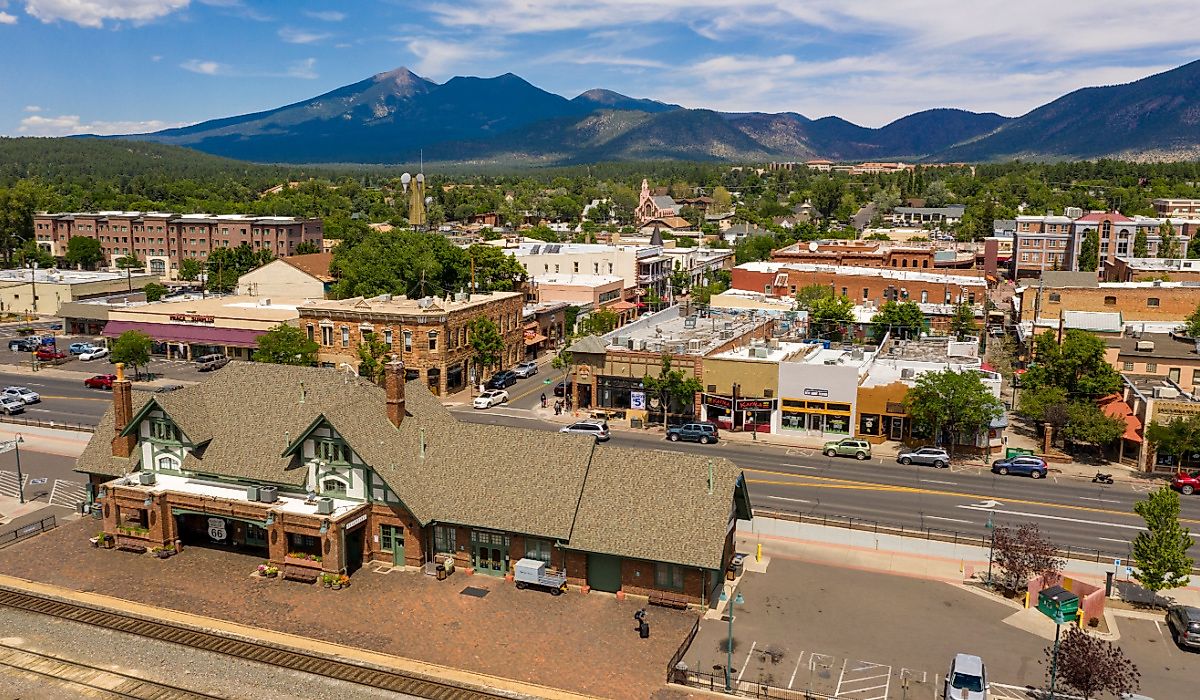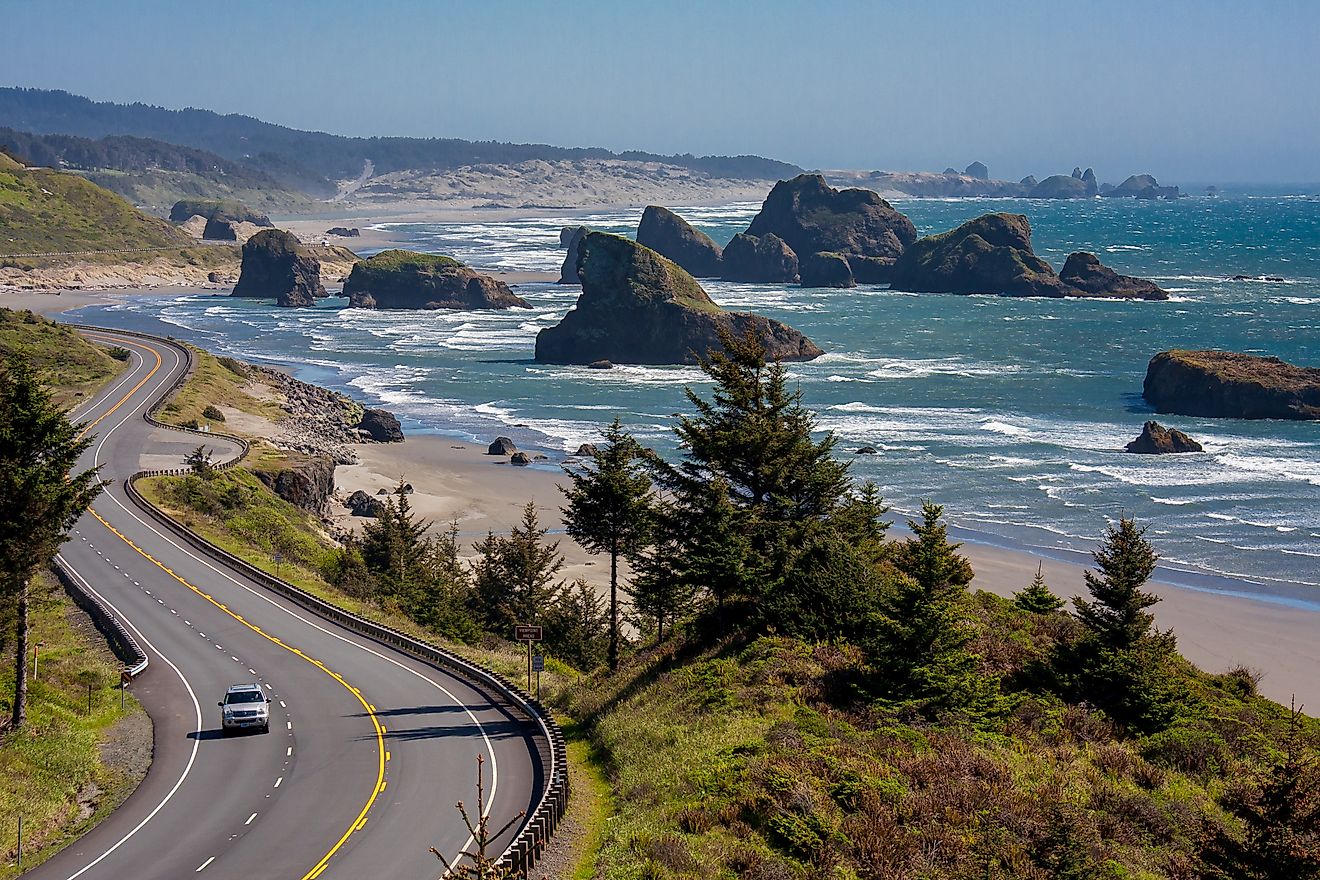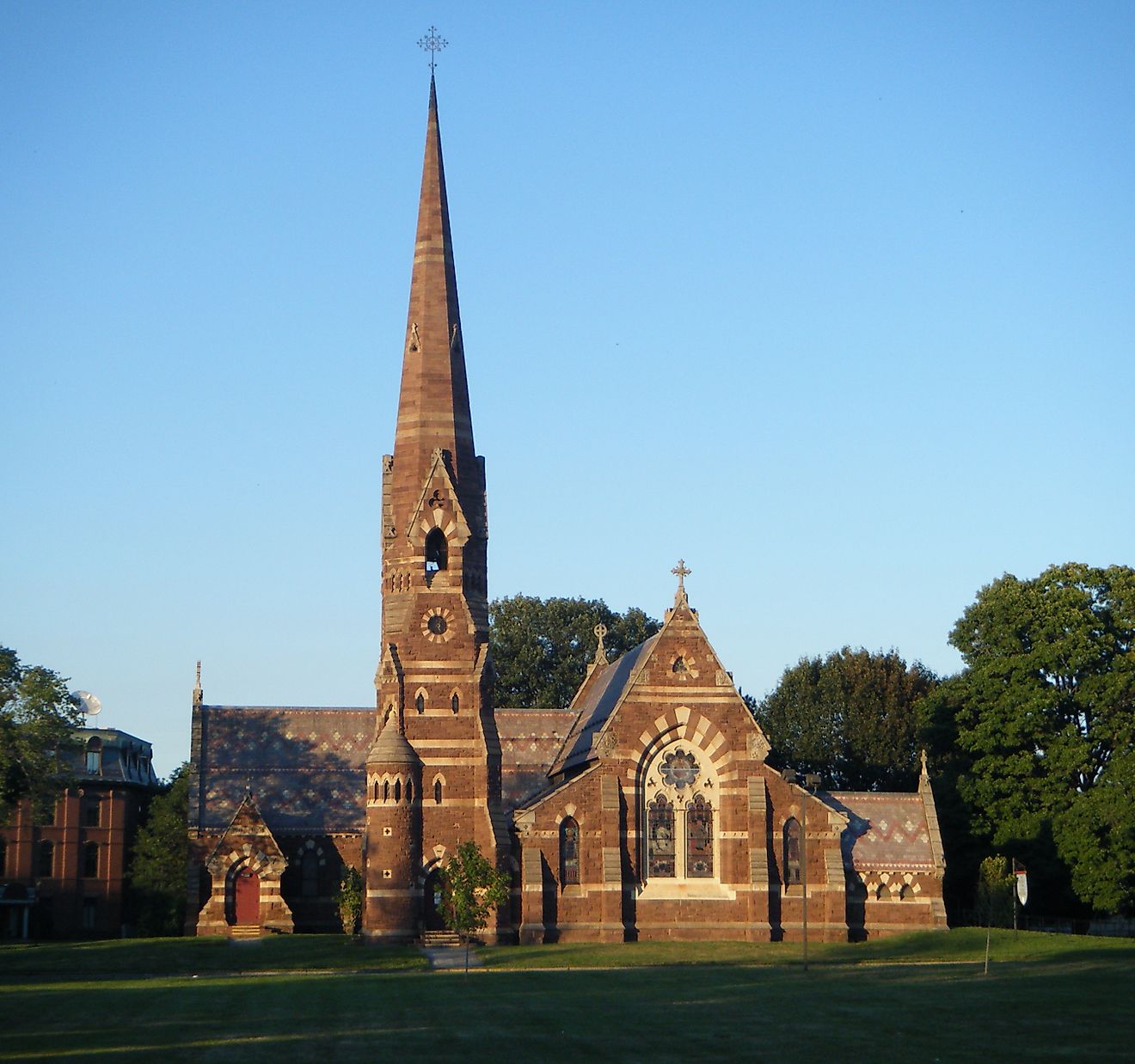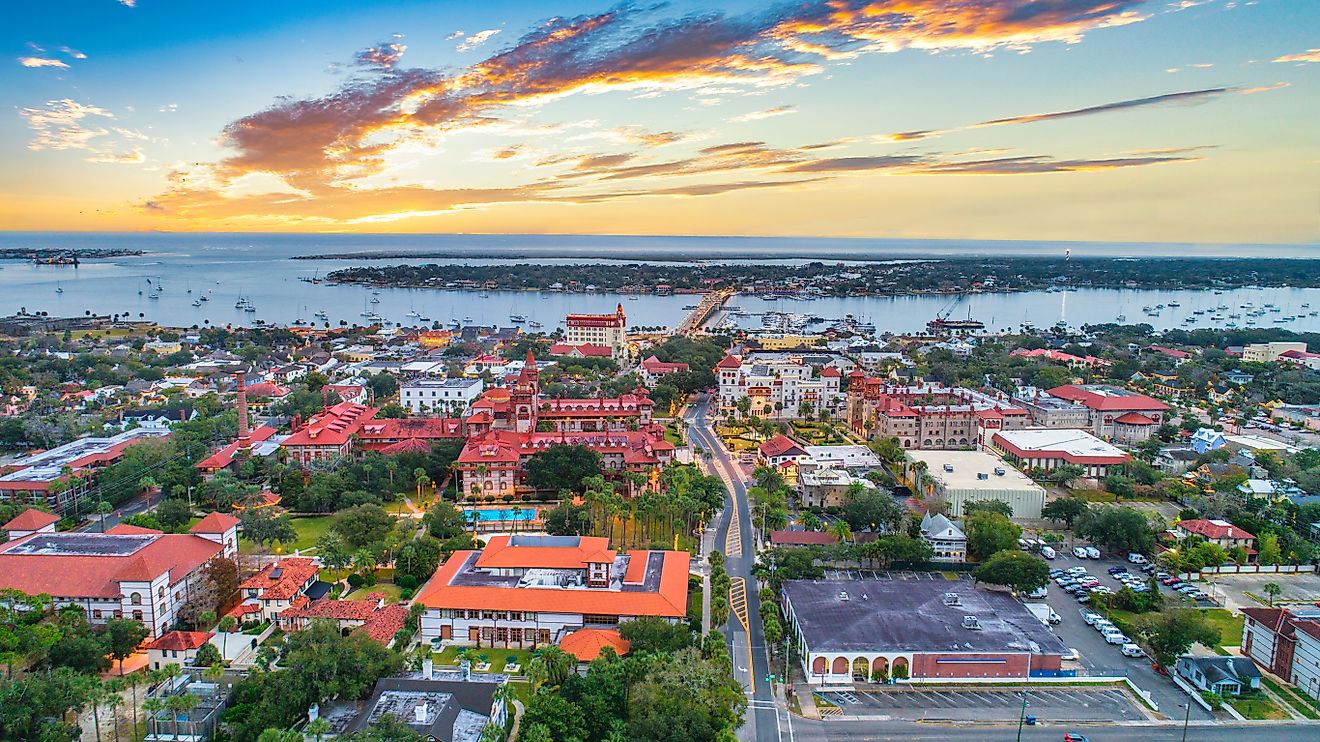Pembrokeshire Coast National Park, UK
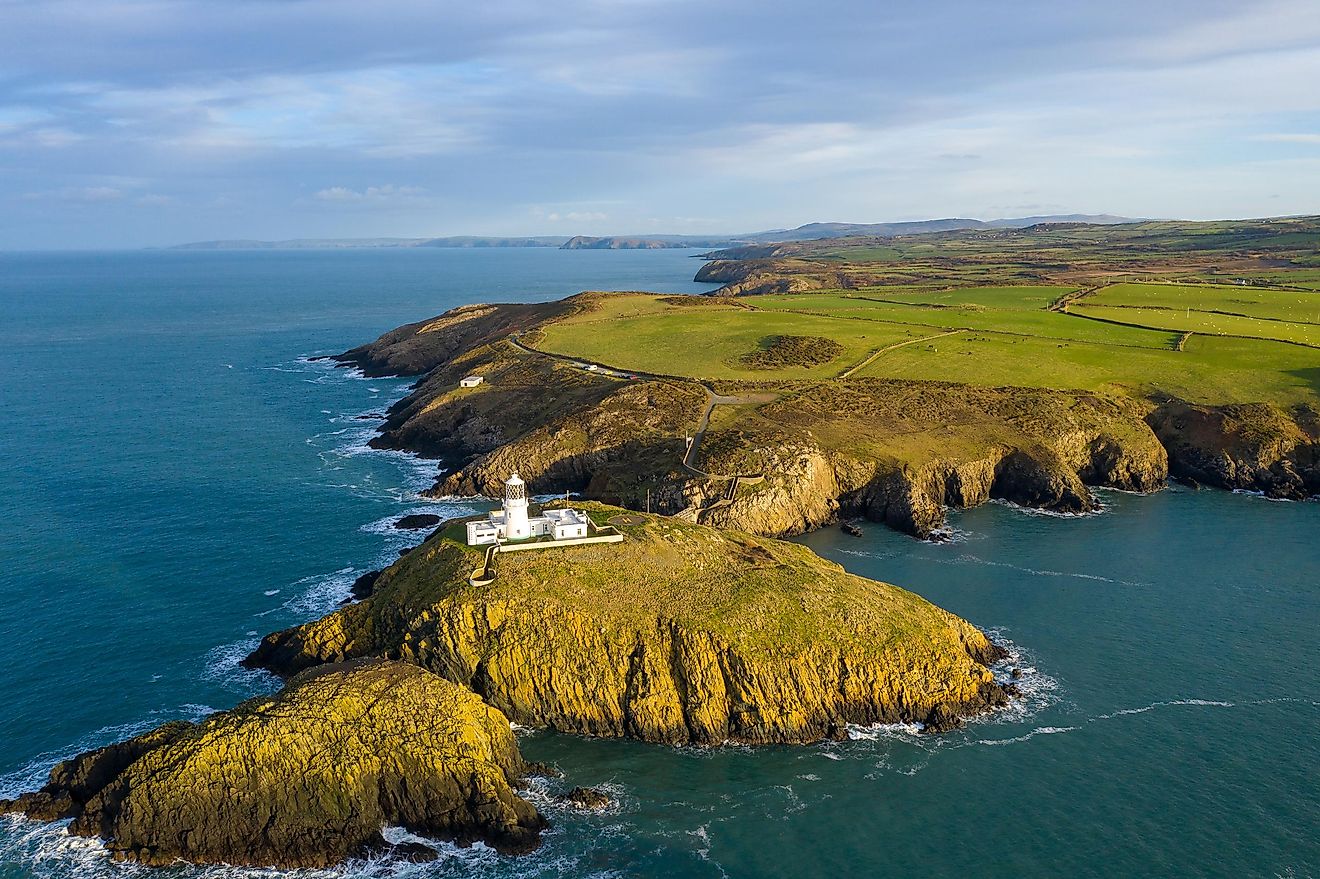
The Pembrokeshire Coast National Park (PCNP) is located on the southwest coast of Wales, one of the constituent countries of the United Kingdom. As its name implies, the park is located in the county known as Pembrokeshire. It is one of the smallest national parks in the country, but it protects and preserves some of the UK’s most unique and vital lands.
Founded in 1952, the park covers 615 km2 of land, which includes 420 km of coastline. In fact, the PCNP covers nearly the entire coastline of Pembrokeshire County. Some of the features that attract many tourists to the park include pristine beaches, breathtaking shorelines, historical sites from different eras of the region’s history, and the abundance of wildlife that the park has to offer. Not everyone in the PCNP is a tourist, however, as the area that the park encompasses is home to approximately 22,000 people. The PCNP also includes several conservation zones and protected areas, including one of the three marine conservation zones in the UK.
Geography
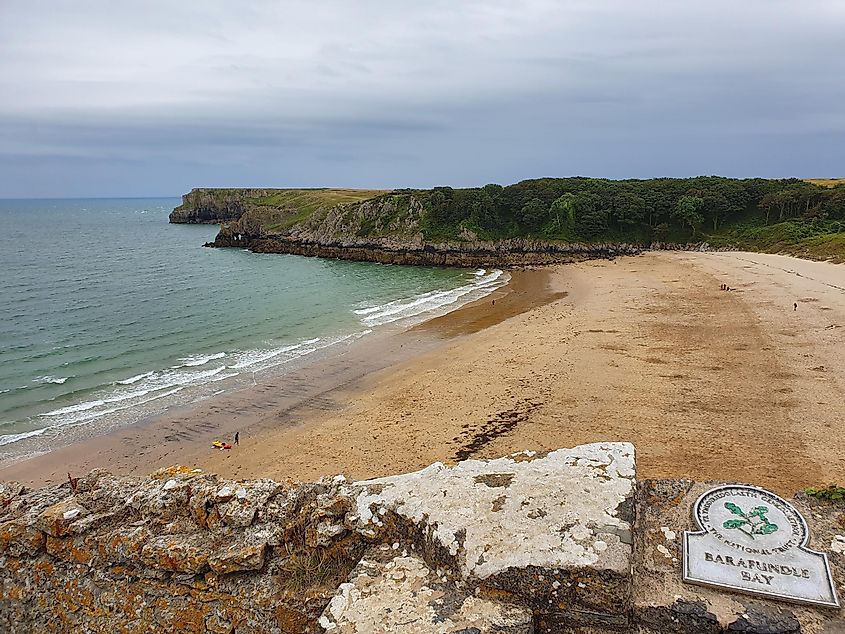
The PCNP is defined mainly by its coastal features, particularly its bays, beaches, cliffs, caves, coves, and harbors. The park’s largest bay is St. Brides Bay, which, when viewed from above, has the shape of a semicircle. Another bay that is very popular with visitors is the smaller Barafundle Bay, which is situated between cliffs. The bay serves as the border between the Carboniferous limestone cliffs of the Castlemartin Peninsula to the south-west, and the red sandstone rocks from the Devonian Age at Stackpole Quay, to the north-east. There are also smaller bays, or coves, that line some of the coastline. These are often characterized by narrow entrances. Some of the PCNP’s bays and coves are or were used as harbors.
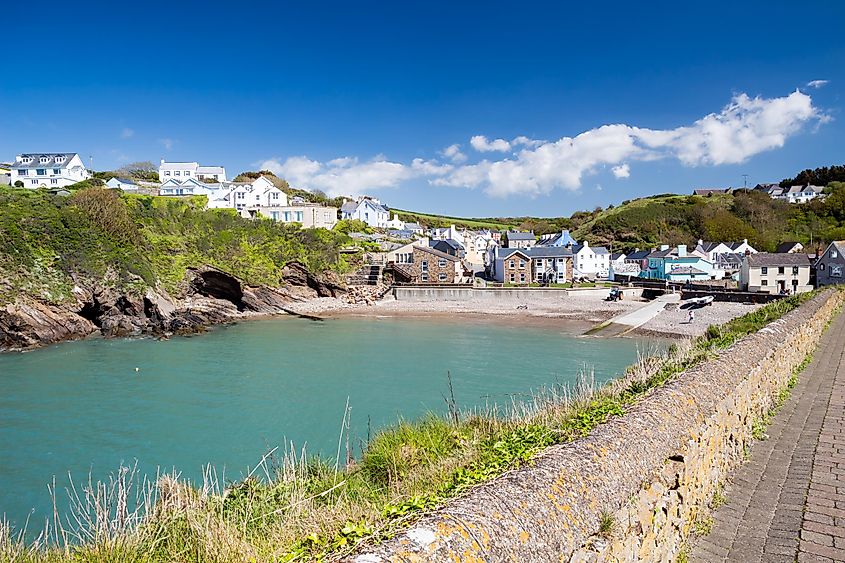
Many of the UK’s most beautiful beaches are located in the PCNP. The park has over 80 different beaches. Many of these are sandy beaches, though others are what are known as shingle beaches, which are characterized by stones, pebbles, and other small rocks. Some beaches in the PCNP are a mix of both sand and rock.
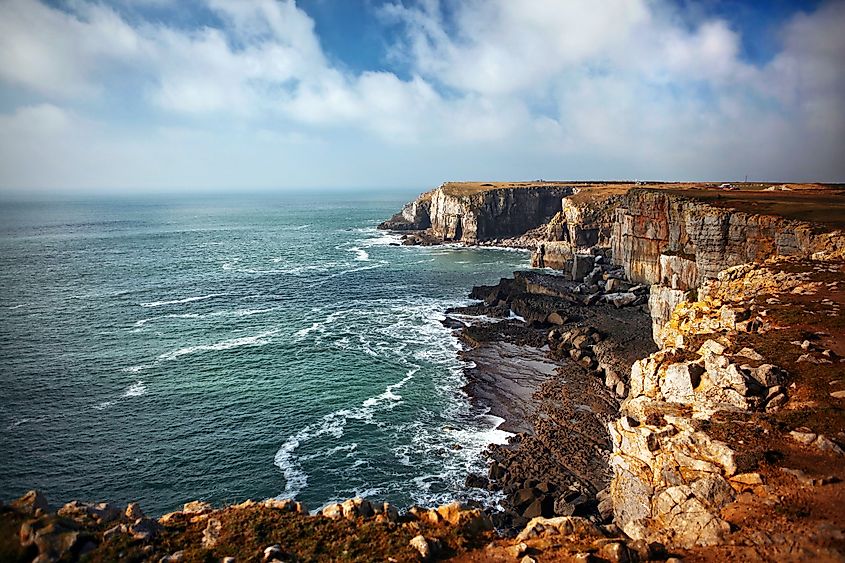
The coastline of the PCNP is also strewn with caves and cliffs, which were formed when waves eroded the coastal rock over time. Many of the coastal cliffs are located in the area of the aforementioned Castlemartin Peninsula, including those of St. Govan’s Head, which is situated on the southern coast. St. Govan’s Head is where you will find a chapel that was built into the cliffs themselves.
Other features of the PCNP’s coastline are offshore islands and islets, submerged coastal valleys called rias, sea arches, such as the Green Bridge of Wales, and stacks, which are isolated pillars of rock that rise steeply out of the sea. Aside from the coast, the PCNP includes a variety of rivers. Attached to some of these rivers are estuaries that serve as habitats for a variety of wildlife.
Wildlife
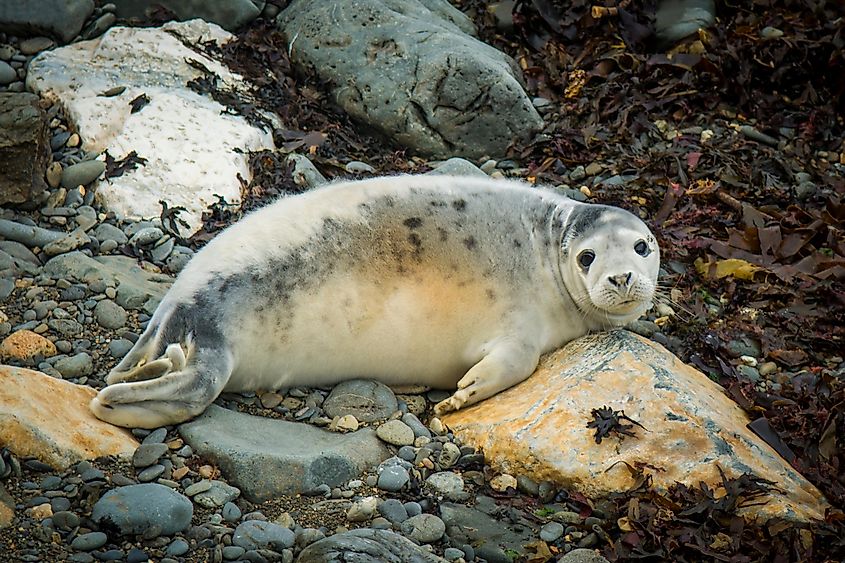
The PCNP is a haven for all sorts of wildlife. The park is home to several habitats. The inland habitats consist of mudflats, estuaries, heathlands (areas of dwarf shrubs), woodlands, and various waterways. The coastal slopes in the PCNP include two habitat types: maritime grassland and coastal heath. The habitats of the major offshore islands were once used for subsistence farming. The rocky shores of the PCNP contain many unique organisms. Even the sand dunes contain some forms of life.
Animal life in the PCNP consists of everything from microorganisms to large marine creatures. The waters off the shores of the park teem with a variety of aquatic creatures, such as seals, dolphins, whales, sharks, and porpoises. Smaller aquatic creatures, such as jellyfish, crabs, sea slugs, and sunfish also frequent the waters of the PCNP. Bird species include choughs, skylarks, stonechats, peregrine falcons, and Hugan gannets. The park is also home to smaller species, such as frogs, toads, and a variety of insects.
Brief History
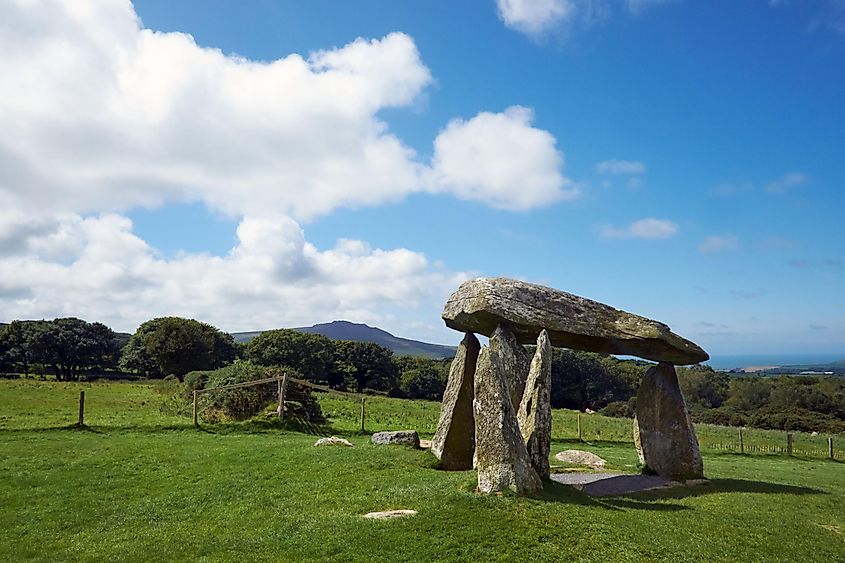
Humans have occupied the area now known as Pembrokeshire Coast National Park since prehistoric times. In fact, the Pentre Ifan Burial Chamber, which is arguably one of the most notable monuments in all of Wales, dates back to the Neolithic age. Another important park monument, the Foel Drygarn, dates back to the Bronze Age and contains several cairns, which ancient Celtic settlers used to mark the graves of their dead. During the Iron Age, these Celtic settlers built forts in the hills and on the coast. One of these forts was called Castell Henllys, which is situated on the fringe of the Preseli Hills. Today, Castell Henllys is a rebuilt Iron Age village, featuring roundhouses and a granary.
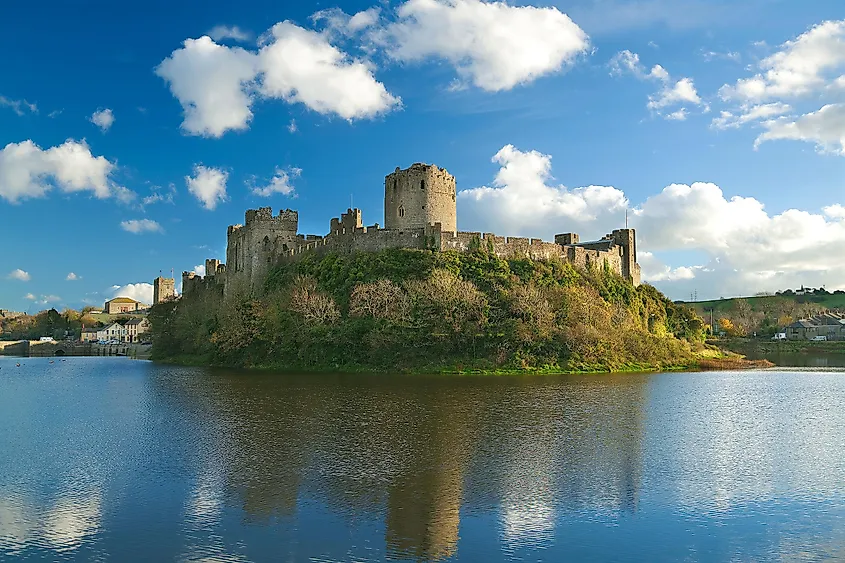
The PCNP also features historical sites that date back to medieval times. These include castles built by the Normans, who conquered the area in the 11th century. Other castles were built by Welsh lords who resisted the Norman invaders. One of the castles that still stands in the PCNP is Pembroke Castle, which was the birthplace of King Henry VII, the first Tudor monarch. During the Tudor era, large estates were established and extended throughout the area. The Tudor era also brought prosperity to the towns of the region, such as Pembroke, Tenby, and Newport.
Although the PCNP has a long history, it has only been a national park since 1952. It was created in the midst of the growing desire of the British public to protect the country’s natural heritage. In 1945, the concept of national parks was revealed before the British Parliament in the so-called Dower Report. The PCNP was created five years later and is now one of 15 national parks in the UK.
Threats
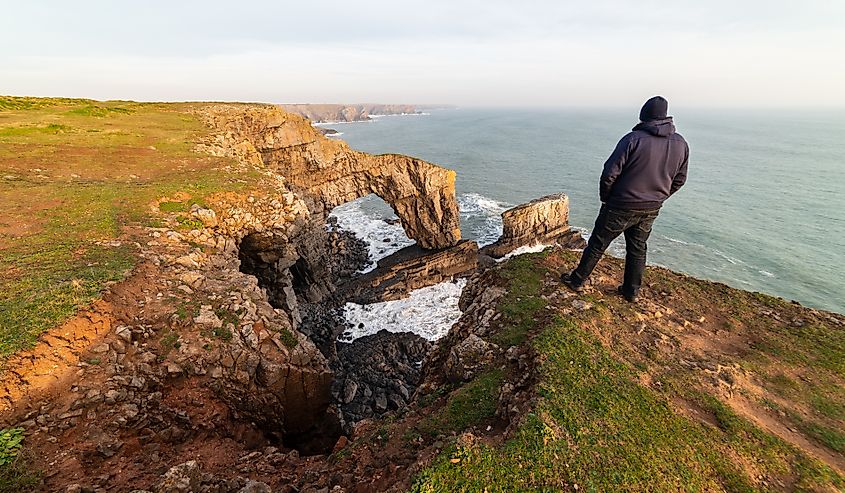
The greatest threat to the continued sustainability of the PCNP is climate change. Among the possible effects of climate change is the inability of the local wildlife to adapt, thereby threatening the existence of various species. Wildlife in the park could also be adversely affected if an increasing number of storms bring more rain that could flood estuaries. Climate change also contributes to rising sea levels, which could seriously damage the PCNP’s pristine coastline. The Pembroke Coast National Park Authority is battling climate change by trying to limit the number of resources that it uses, and by urging its employees, not to mention the rest of the country, to do the same.
